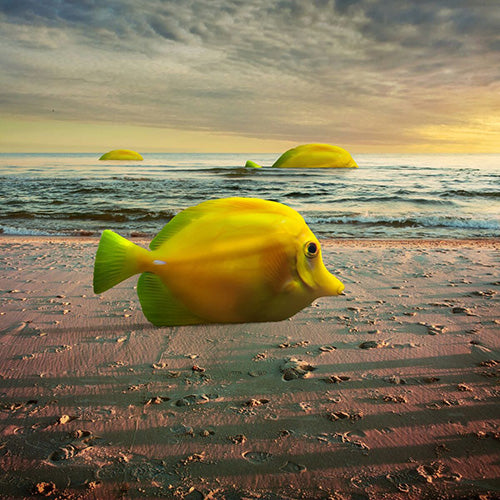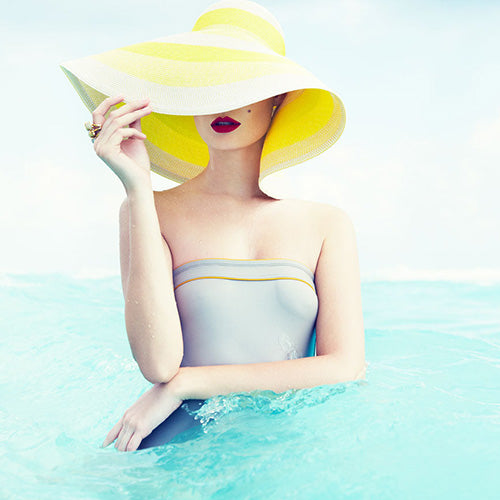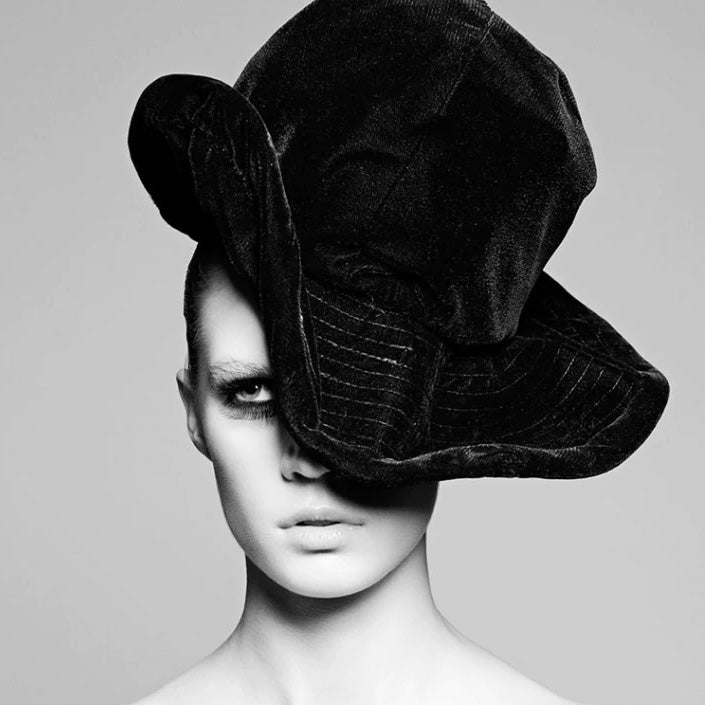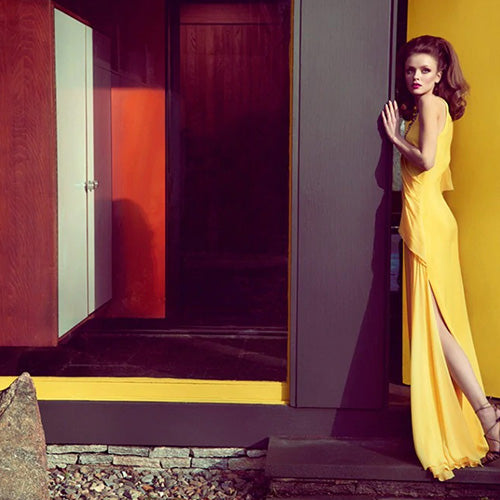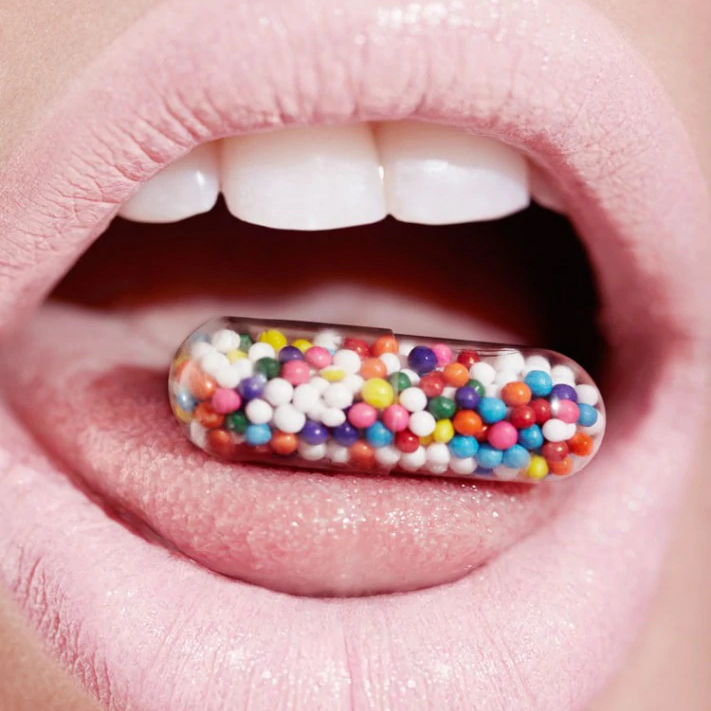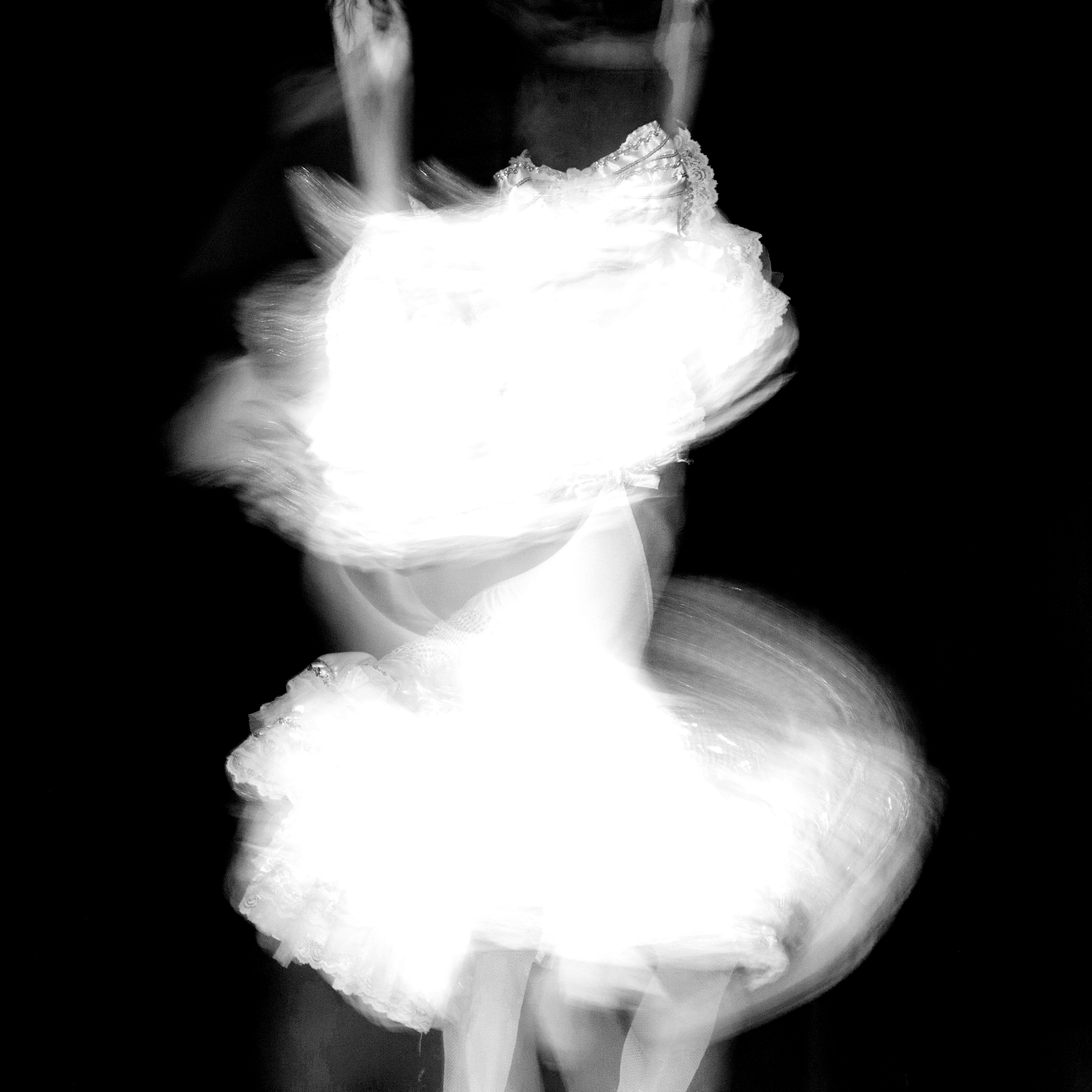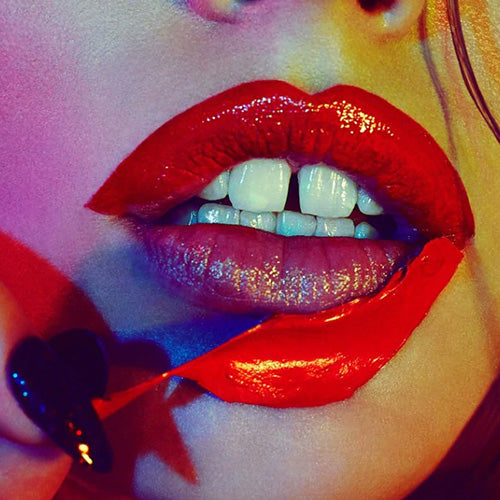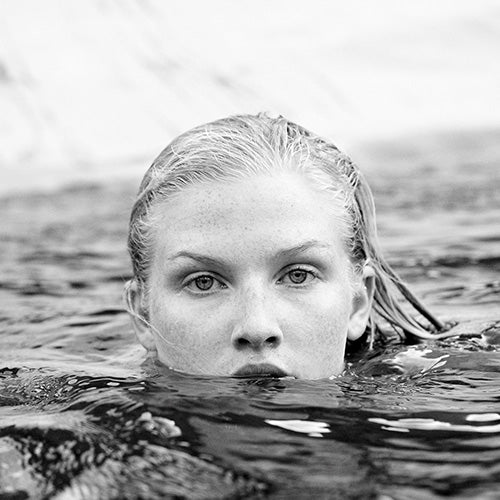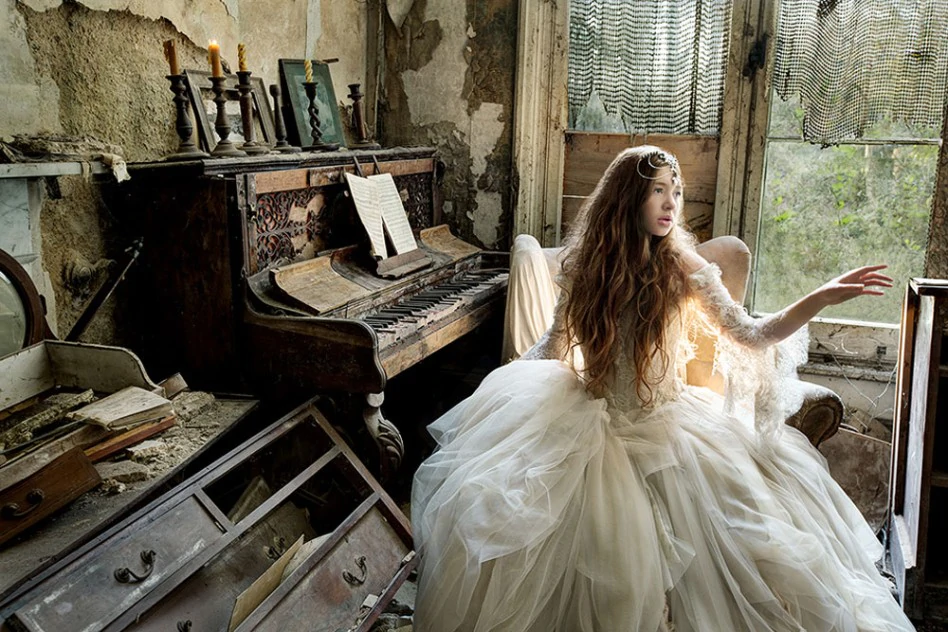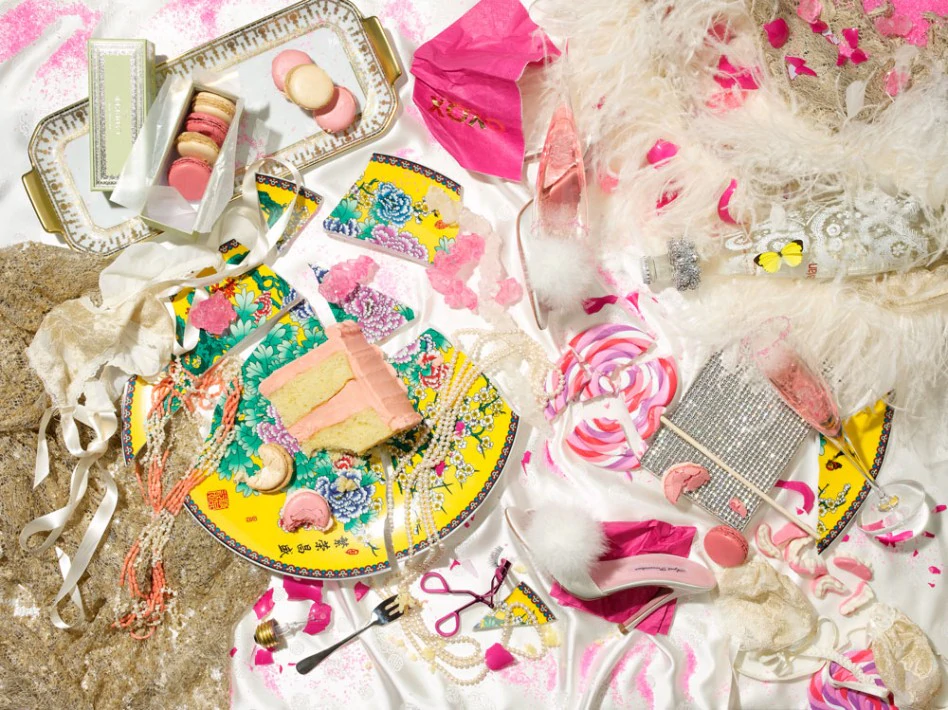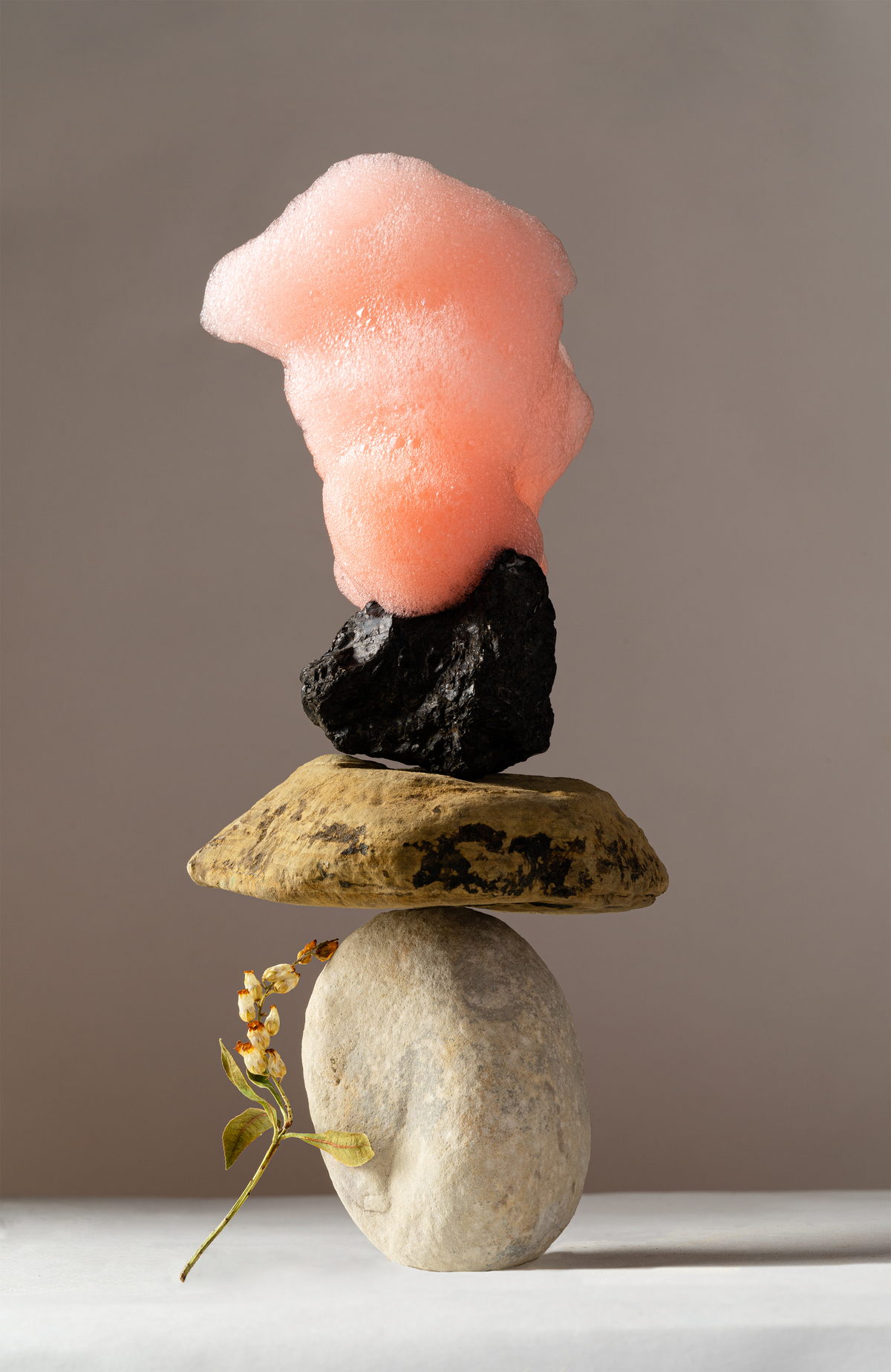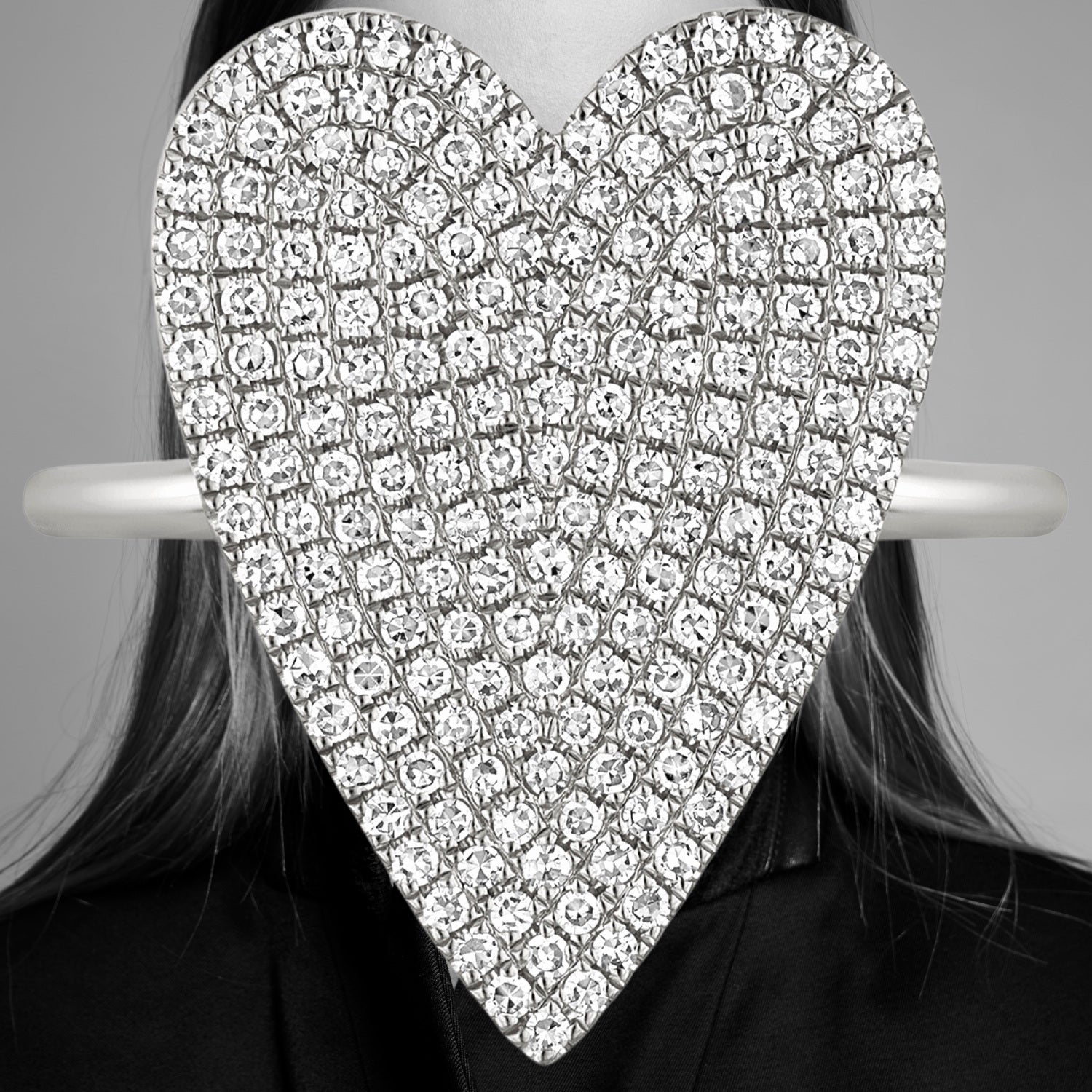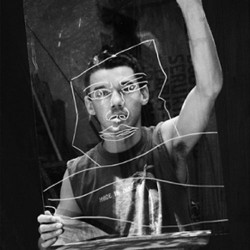Buyers Guide
IN ORDER TO DELIVER MUSEUM QUALITY PRODUCTS, THESEFINEWALLS HAS PARTNERED WITH A TOP MANHATTAN-BASED PROFESSIONAL PRINTER AND FRAMER WITH OVER THIRTY-FIVE YEARS OF EXPERIENCE.
PRINTS
ARCHIVAL CHROMOGENIC
Archival chromogenic prints, also known as C prints and lambda prints, are produced when an image is exposed on photographic paper and then produced through methods of photographic chemistry. This method of printing is depended on by museums, photo exhibitions, and galleries worldwide for the lifelong archival qualities and vivid characteristics it brings to a print.
SIZE
The word size refers to paper size. Image size is affected when you choose border or no border.
BORDER OR NO BORDER (FULL BLEED)
Dependent on the selected image, there may be an option for “border” or “no border.” This refers to how the image is printed on the paper. Border means the image will be printed with an even white border on every side. No border (full bleed) is when the image is printed to the edge of the paper. Framing with a border is a nice modern option instead of using a mat. When ordering an image mounted to acrylic, full bleed is the only option.
Under 12 x 16 is 1" border
Under 30 x 40 is 1 1/2" border
Under 45" x 60" is 2" border
RECEIVE A FINISHED PRODUCT
ARCHIVAL / MUSEUM QUALITY FRAMING
Maple Hardwood For Conservation Framing In Natural, Black Or White Strainer To Provide Maximum Duarbility and a Shadow Box Effect Sintra Board Backing to ensure Print is Always Flat and Stable UV OP-III Plexi To Protect the Artwork From HarmFul UV Rays
Framing Specs:
Up to 12” x 16”: F-maple wood [1/2” face x 1 1/4” depth] Up to 45” X 60”: D-maple frame [3/4” face x 1 3/4” depth]
PLEXI MOUNTING
Plexi mounting offers a modern sleek look and gives the print the illusion of floating
Plexi, a type of acrylic, is face mounted to the chromogenic print 3/16" thick Dibond Backing to ensure Print is Always Flat and Stable Wooden strainer on the back for hanging. It is placed away from the edges to give the illusion of floating.
CARING FOR YOUR PRINT
Beyond the aforementioned benefits, plexiglass is generally a very durable material, that will not crack and break as heavy glass does. It is lighter and safer. For caring and cleaning, do not use sprays specific for glass or dry cloths as they will damage the acrylic surface. Your print should be handled gently and infrequently. Before picking up your print, assure your hands are freshly washed. However, your fingers should never touch the print. Use both hands and make sure the back of the print is supported so it does not bend.
To remove dust and other particles from the print, we recommend compressed air as a safe option, or simply a feather duster or damp cloth.. Keep your prints out of excessively moist or hot environments. Of course, avoid hanging in direct sunlight as this causes color fading over time.




